
Colin Hutton

Colin Hutton
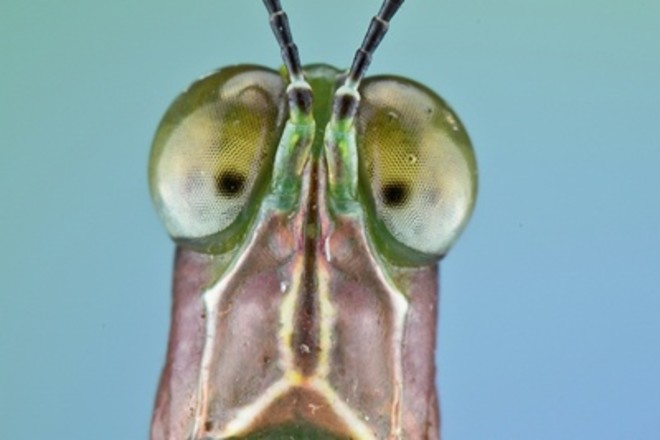
Colin Hutton

Colin Hutton
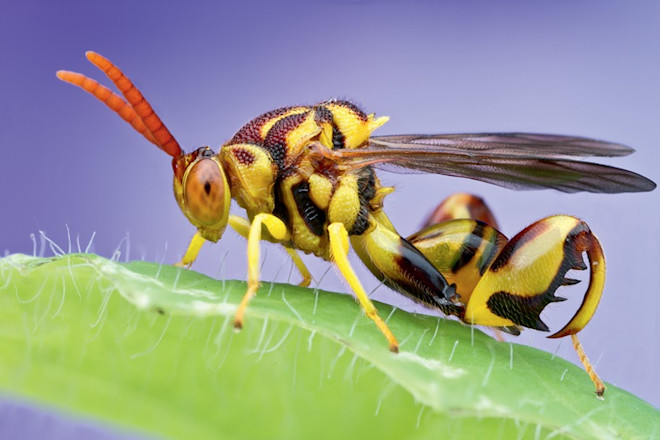
Colin Hutton
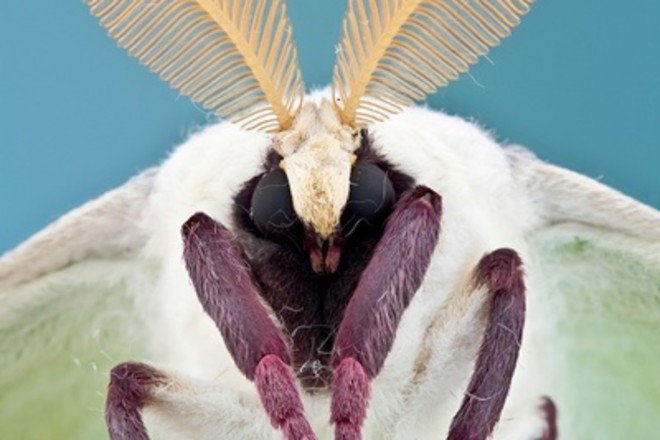
Colin Hutton
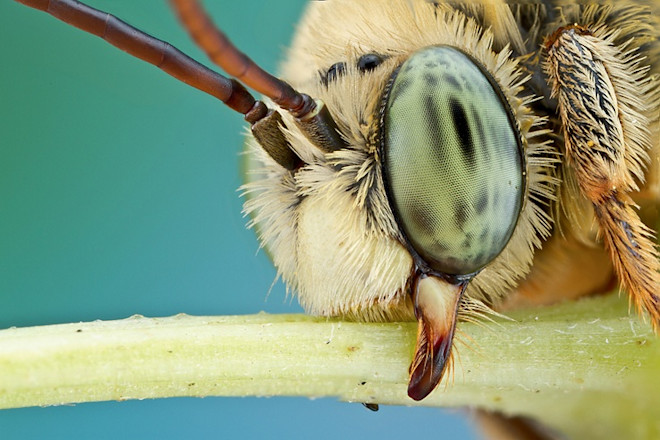
Colin Hutton
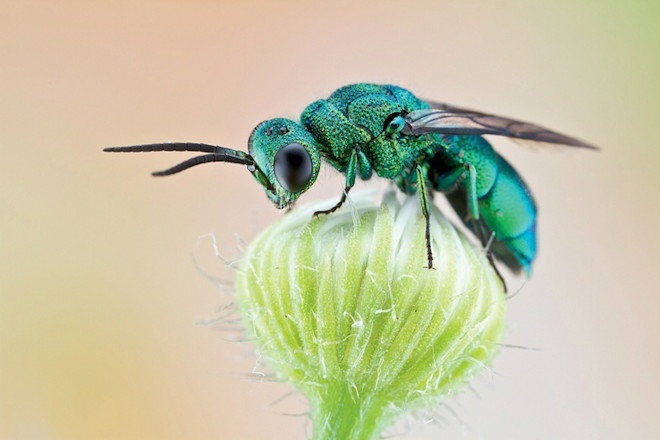
Colin Hutton
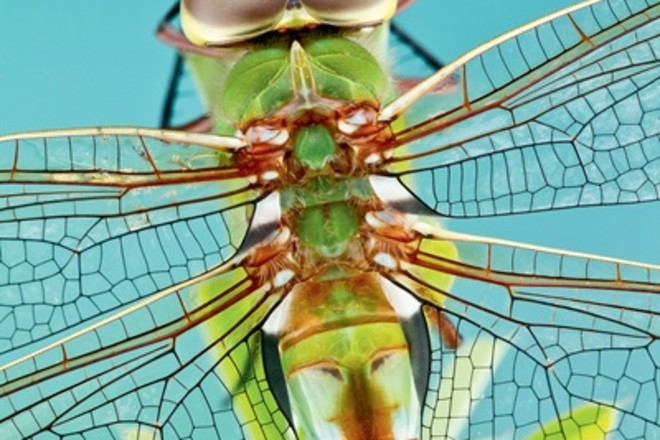
Colin Hutton
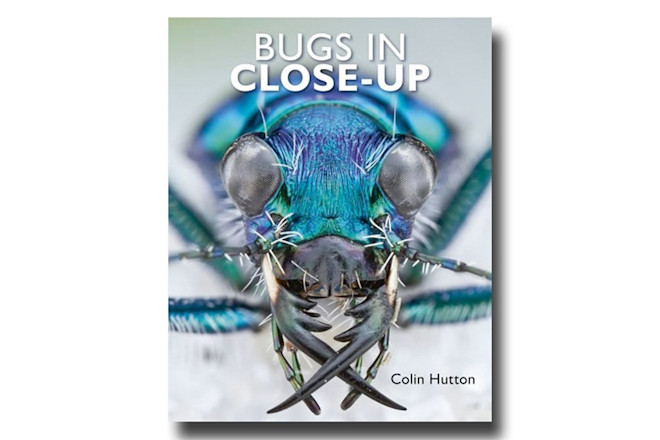
Colin Hutton

Sign up for our email newsletter for the latest science news

Colin Hutton

Colin Hutton

Colin Hutton

Colin Hutton

Colin Hutton

Colin Hutton

Colin Hutton

Colin Hutton

Colin Hutton

Colin Hutton
Save up to 40% off the cover price when you subscribe to Discover magazine.
Subscribe0 Free Articles